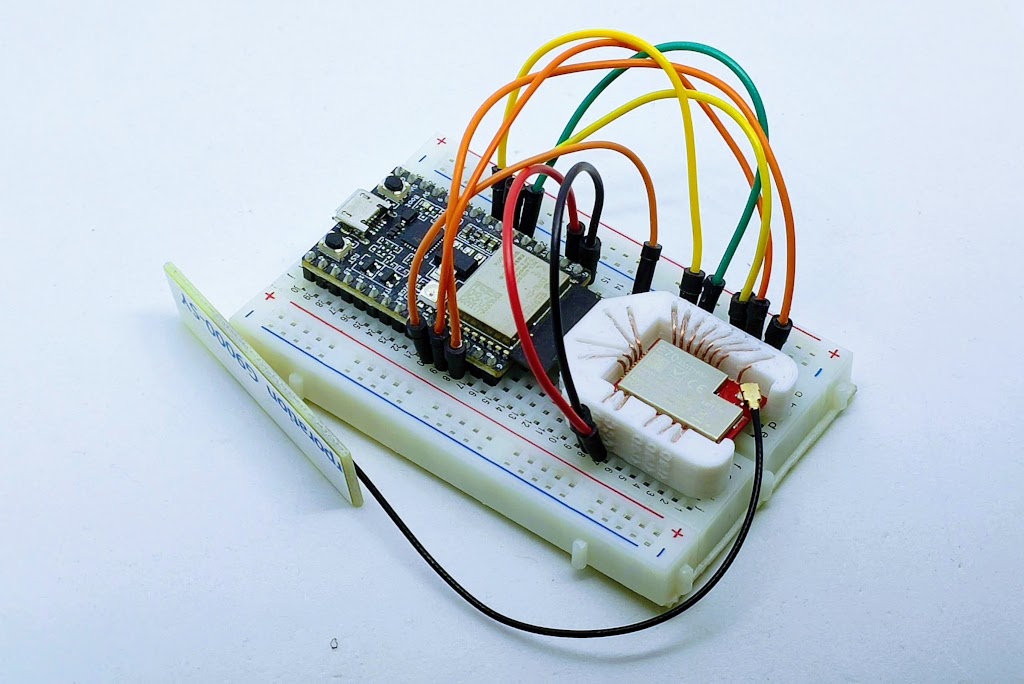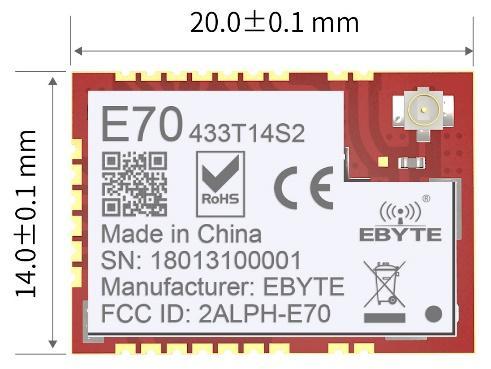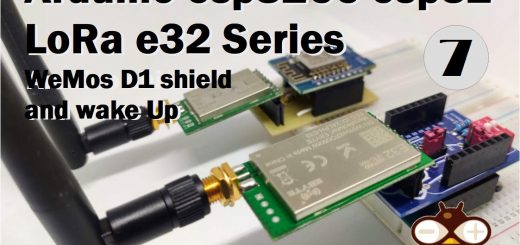EByte RF E70 433/868/900 T14S2: pinout, datasheet and specs (1.5Km)
The EByte RF E70 xxxT14S2 is a cutting-edge module designed for efficient and long-range wireless communication, making it an integral component of modern IoT applications. This article provides a detailed overview of its specifications, features, and potential applications, offering insights into why it stands out in the realm of wireless communication modules.
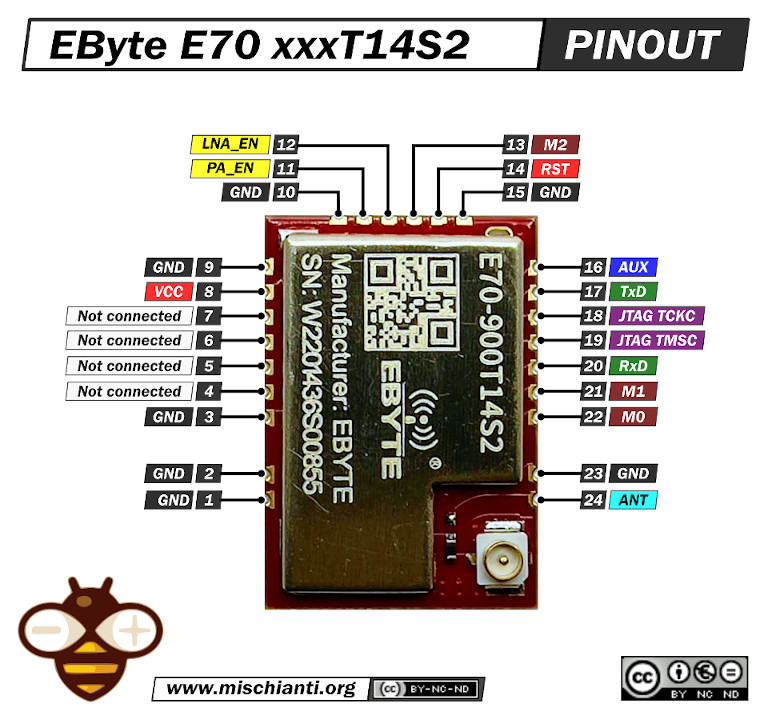
The E70 xxxT14S2 is part of the EByte E70 series, known for its robust performance and versatility. It’s specifically engineered to cater to the needs of applications requiring low power consumption and long-range communication. The device is based on RF technology.
E70-433TxxSx wireless transceiver modules, operating at431~446.5MHz (Default: 433MHz), is based on originally imported CC1310 from TI, with TTL level output, 3.3V IO port voltage,24MHz industrial high-precision low-temperature drift crystal vibration; Ensure its industrial ability and stability.
| Pin serial number | Pin name | Pin orientation | Pin usage |
|---|---|---|---|
| 1 | GND | Referent ial | Module ground |
| 2 | GND | Referent ial | Module ground |
| 3 | GND | Referent ial | Module ground |
| 4 | NC | Keep your feet | Leave unused, need to dangling |
| 5 | NC | Keep your feet | Leave unused, need to dangling |
| 6 | NC | Keep your feet | Leave unused, need to dangling |
| 7 | NC | It is used to indicate the working status of the module, the user wakes up the external MCU, and the output is low during power-on self-test initialization, which can be configured set as an open-drain output, or push-pull output, see parameter settings (can be floated) | Leave unused, need to dangling |
| 8 | VCC | Module power supply positive reference, voltage range: 2.2~3.8V DC | |
| 9 | GND | Referent ial | Module ground |
| 10 | GND | Referent ial | Module ground |
| 11 | PA_EN | output | External PA control output, active high (floatable). |
| 12 | LNA_EN | output | External LNA control output, active high (floatable). |
| 13 | M2 | input | The combination of M2M1M0 determines the module’s 8 operating modes, which require an external 1K protection resistor in series |
| 14 | RESET | input | Module reset pin, active low |
| 15 | GND | Referent ial | Module ground |
16 | AUX | output | It can also be used as a TTL serial output, connected to an external RXD input pin; Can be configured as an open-drain or push-pull output, see parameter settings |
17 | TXD | output | TTL serial input, connected to an external TXD output pin; It can be configured as an open-drain or pull-up input, see parameter settings |
| 18 | TCKC | input | JTAG TCKC |
| 19 | TMSC | input | JTAG TMSC |
20 | RXD | input | The M2M1M0 determines the module’s 8 operating modes together (not floating, if groundable, if not used). |
| 21 | M1 | input | The M2M1M0 determines the module’s 8 operating modes together (not floating, if groundable, if not used). |
| 22 | M0 | input | TTL serial input, connected to an external TXD output pin; It can be configured as an open-drain or pull-up input. See parameter settings |
| 23 | GND | Referent ial | Module ground |
| 24 | ANT | antenna | 50Ω characteristic impedance |
Key Specifications
- Operating Frequency: The device typically operates in the 433 MHz band, which is ideal for penetrating through obstacles and providing a wide coverage area.
- Transmitting Power: The xxxT14S2 has a transmitting power of 14 dBm, balancing energy efficiency with sufficient range for various applications.
- Sensitivity and Range: With a high sensitivity level, the device can pick up weaker signals, contributing to its long-range capabilities, typically up to 1500 meters in open and clear conditions.
- Data Rate: It supports an adjustable air data rate, making it flexible for different communication needs and efficiency requirements.
Advanced Features
- Forward Error Correction (FEC): The xxxT14S2 employs FEC to enhance data integrity during transmission, automatically correcting errors without needing retransmission.
- Low Power Consumption: It’s designed for minimal power usage, featuring various sleep and standby modes to extend battery life in IoT devices.
- Multiple Operation Modes: The module supports different modes, including continuous and sub-packet modes, to cater to real-time or periodic data transmission needs.
- Configurable Parameters: Users can configure various parameters like frequency, power output, and data rate to fine-tune performance according to their specific application.
Specifications
- The communication distance tested is up to 1.5/6km
- Maximum transmission power of 1W, software multi-level adjustable;
- Support the global license-free ISM 433MHz band;
- Support air date rate of 2.5kbps~168kbps;
- Low power consumption for battery supplied applications;
- Can achieve up to 115200bps continuous frame unlimited-packet length transmission
- E70-433T14S/S2 support 2.2 ~ 3.8V power supply, more than 3.3V power supply to ensure the best performance;
- Industrial grade standard design, support -40 ~ 85 °C for working over a long time;
- IPEX access point, stamp hole is optional, facilitate user secondary development, facilitate integration.
Antenna options
You can use an IPEX connector or stamp hole, but for the first (default), you must have the resistance at this position.
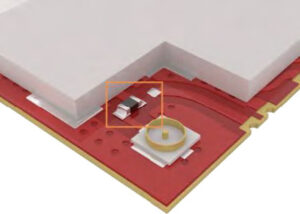
If you want to redirect the configuration to the stamp hole, you must resold the resistor like so.
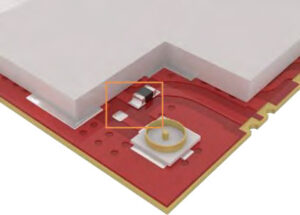
Physical Characteristics
- Size and Form Factor: The xxxT14S2 is known for its compact size, making it suitable for space-constrained applications.
- Antenna Options: It typically provides flexibility in antenna choices to optimize range and performance based on the deployment scenario.
- Interface Options: The device comes with standard communication interfaces, making it easy to integrate with a wide range of microcontrollers and systems.
How To
- EByte RF E70 433/868/900 T14S2: pinout, datasheet and specs (1.5Km)
- EByte RF E70 Module Adapter: PCB, 3D Printed, Breadboard-Friendly Solution and configuration
- Connecting the EByte E70 to ESP32 c3/s3 devices and a simple sketch example
- Connecting the EByte E70 to Arduino SAMD (Nano 33, MKR…) devices and a simple sketch example
- Connecting the EByte E70 to STM32 (black/blue pill) devices and a simple sketch example
- Connecting the EByte E70 to Raspberry Pi Pico (rp2040) devices and a simple sketch example
- Exploring the Capabilities of the EByte RF E70 Module (esp32, STM32, Arduino, Raspberry Pi Pico)
- EByte RF E70 CC1310: exploring library (esp32, esp8266, STM32, Arduino, Raspberry Pi Pico)
- Configuration of EByte RF E70 Module (esp32, STM32, Arduino, Raspberry Pi Pico)
